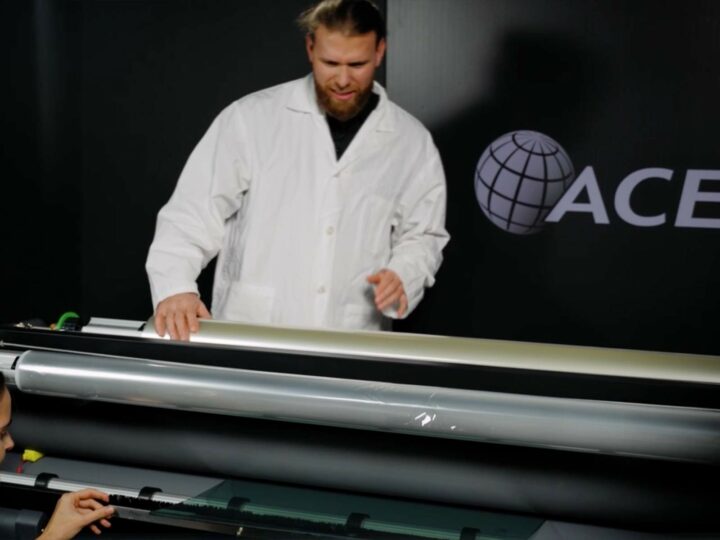Workplace violence is recognized as a significant cause for concern by the Department of Labour, with US health care workers five times more likely to be targets of workplace violence than workers in other industries[1]. A recent survey from the American College of Emergency Physicians (ACEP) found that more than eight in 10 emergency physicians believe the rate of violence in emergency departments has increased, with 45% saying it has greatly increased over the past five years[2]
Staff working in emergency rooms and emergency waiting areas are particularly vulnerable to attack. In a 2018 study, nearly 50% of emergency physicians reported being assaulted and 70% of emergency nurses report being hit or kicked on the job[3]
For hospital administrators and security professionals, clearly a multi-dimensional risk mitigation approach is required, comprised of risk assessment, conflict management training and establishment of emergency protocols. Physical enhancement or changes to workplaces will also be part of this approach.
One element of this physical enhancement will be reinforcement and protection of windows and glazing systems. In a study commissioned by Campus Safety, 43% of school and healthcare safety professionals believed doors and windows to be the most vulnerable part of their facilities to attack[4].
Given the prevalence of glass and glazing in industrial settings – from window, door, entrance and lobby areas, to patient in-take desks, administrative areas and dispensaries – methods and technologies for securing glass are required. Given escalating and evolving threats, in many cases this will require retrofits of existing glazing systems.
Glass, windows and patient safety standards
In its 2022 design guide[5], the New York State, Office of Mental Health provides comprehensive recommendations for facility design to ensure healthcare worker and patient safety and security. Comprehensive technical and design recommendations are made in the document for DIVISION 08 (Openings) building elements.
The Design Guide further identifies and differentiates between risk categories, providing recommendations for Low Risk, Medium Risk and High Risk Areas. Vulnerabilities pertaining to glazing are identified and categorized based on the potential for Jumping, Ingesting, Laceration and Weaponization. Finally, the Design Guide identifies technologies that are considered Best Practices by the Office of Mental Health.
In general, the Design Guide recommends that only polycarbonate or security laminate protected laminated glazing be used in patient areas. Public waiting areas and intake desks are not specifically discussed, however, given escalating threats to healthcare workers, and the increase in active shooter events, these measures should also be considered.
ACE security laminates
The New York State Office of Mental Health specifically recommends use of ACE 200 Series and 300 Series security laminates for protection against spalling, weaponization and fragmentation and laceration[6]. Adoption of ACE security laminates are recommended for use in Low, Medium and High Threat Areas and are identified as Best Practice technology.
ACE 300 Series SL14 security laminates are designed primarily as a security retrofit solution for existing windows and doors. Our 300 Series SL14 security laminates are based on a three-ply construction with a total thickness of 14/1,000th of an inch and provide 350 psi break strength when mounted on standard ¼” glass which is approximately 50% greater than that of industry standard 8mil safety films.
Designed for institutional and commercial settings, ACE security laminates are optically clear, backed by a lifetime warranty against manufacturers’ defect and treated with a durable acrylic finish which will resist standard institutional cleaning cycles. Testing has been conducted to recognized standards such as UL-S332, ASTM-E84, ANSI Z97.1 and CPSC 16 CFR Part 1201, Cat. I and II. Verifiable copies of these tests are provided to all clients upon request.
For renovations or new construction, Advanced Coatings Engineering has the ability to fabricate customized solutions to meet your specific requirement, from smash-resistant glazing systems to full ballistic-capable glazing, meeting the full range of ballistic threats.
[1] Source: US Bureau of Labor Statistic
[2] Source: The American College of Emergency Physicians (ACEP), September 2022
[3] Source: American College of Emergency Physicians (ACEP), 2018
[4] Source: 2022 Campus Safety Window Security and Safety Survey
[5] Source: Patient Safety Standards, Materials and Systems Guidelines, 27th Edition, New York State Office of Mental Health, 2022
[6] Source: New York State Design Guide, Division 08, Openings, p. 69.
1.888.607.0000
Call us today for technical details are to discuss your window security project.
Contact: info@usace.com




